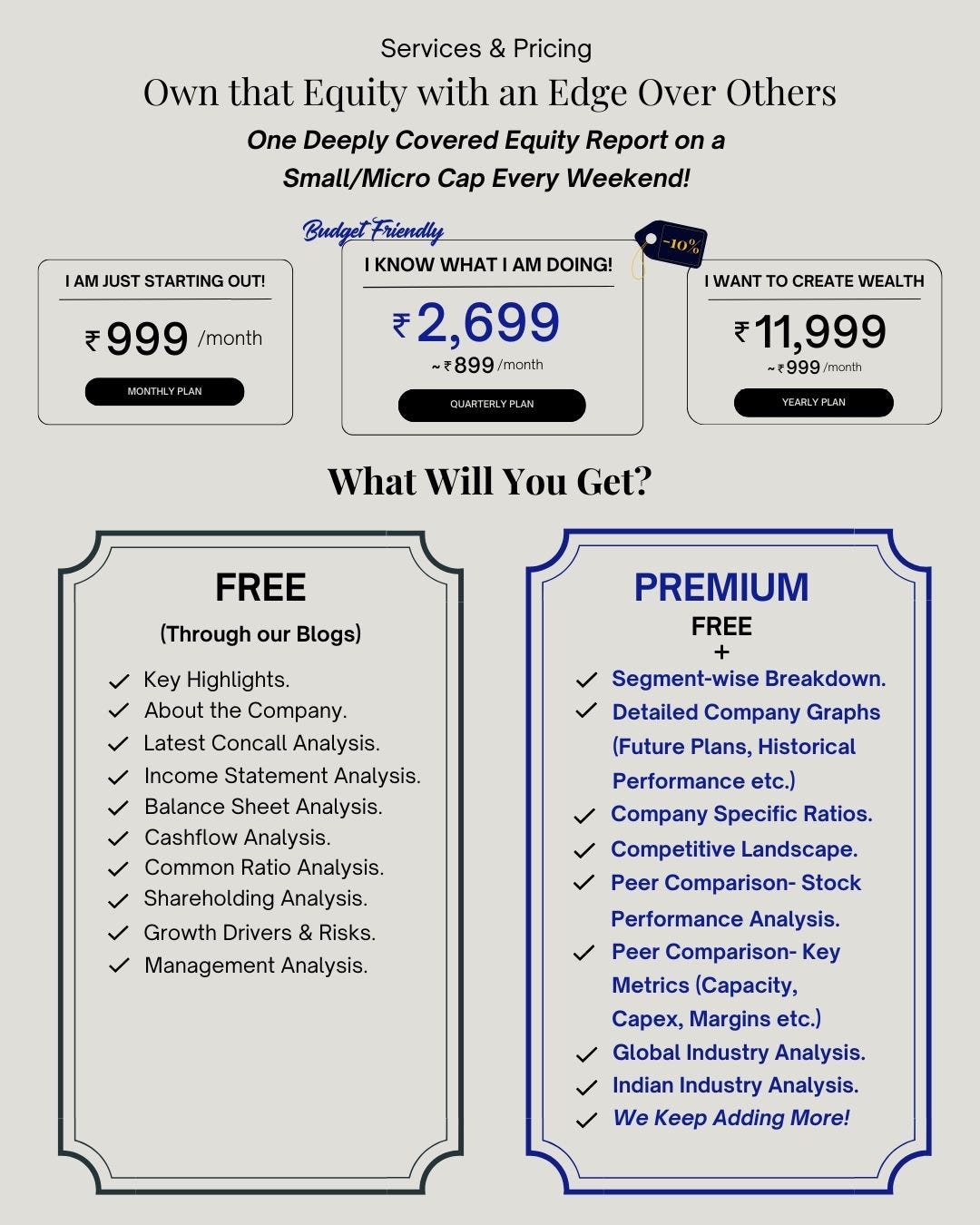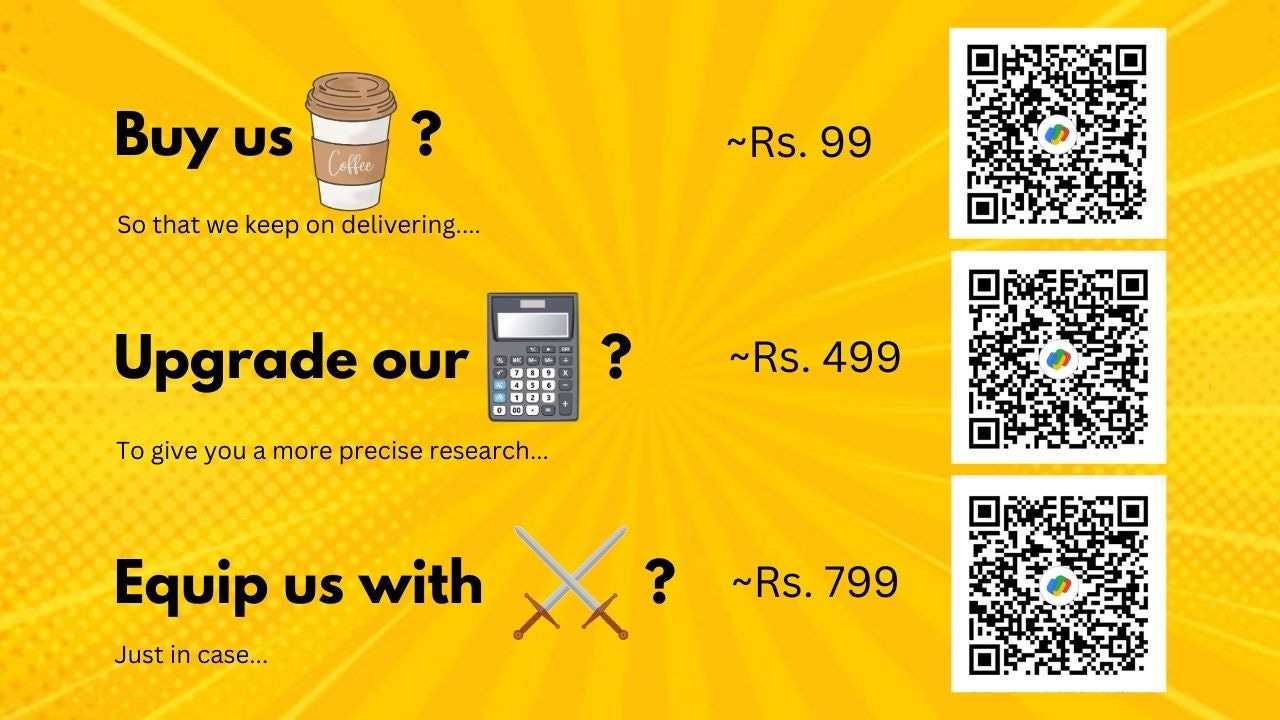1. Indians Are Finally Caring for Their Health…
Once upon a time, our idea of fitness was walking to the fridge. But times have changed. With rising health awareness—especially after COVID-19—Indians are finally paying attention to their BP, sugar levels, and how many steps they’ve walked before they earn that second gulab jamun.
The India health & wellness market stood at $156 billion in 2024, projected to reach $256.9 billion by 2033, growing at a CAGR of 5.3%.
(Source: Market Research Future)The India digital health market is valued at $8.79 billion in 2024, expected to grow at 17.7% CAGR, reaching $47.8 billion by 2033.
(Source: Future Market Insights)
There’s a visible shift from reactive to preventive healthcare. Even our parents now ask for diet charts, not just paratha charts.
2. What’s Hot in the Market Right Now?
HealthTech is no longer just about online consultations. It’s a buzzing ecosystem of AI, apps, diagnostics, and devices.
Telemedicine & mHealth: Teleconsultations have become mainstream. In 2024, 20% of India’s digital health revenue came from telehealth, and it’s growing rapidly.
(Source: Statista)AI in Diagnostics: The AI medical diagnostics market in India is around $12.87 million in 2024, expected to hit $44.87 million by 2030 at a CAGR of 23.1%.
(Source: IMARC Group)Wearables & Precision Health: Smart rings, glucose trackers, menstrual wellness devices—India is seeing a wearable boom. And no, not just for counting how many rotis you’ve eaten.
3. The Movers and Shakers: From Startups to Swag:
Health Platforms & Apps:
Practo: Offering doctor consultations, diagnostics, and digital records. Revenue in FY24 was approx ₹240 crore with a 22% YoY growth.
Tata 1mg and PharmEasy: Leading e-pharmacy platforms, also offering diagnostics and lab tests at home.
Truemeds: Offers generic and affordable alternatives. Raised $22 million and expanding fast.
AI-First Healthcare Startups:
Qure.ai: Specializes in AI-powered radiology, covering over 15 million patients annually. Raised $125 million.
Tricog Health: Has conducted 5 million+ AI-based cardiac screenings.
Renalyx RxT 21: India’s first AI-powered dialysis machine, made for semi-urban and rural needs. Priced at ₹6.7 lakh.
Wearables and FemTech:
Ultrahuman: Known for smart rings and glucose monitoring; raised $65 million, planning IPO in 2026.
Matri: TENS device for menstrual pain relief. Featured on Shark Tank and loved by young Indian women.
4. Opportunities in the Market: This Ain’t Just a Phase, Beta:
Tier-2 and Tier-3 City Growth:
Smaller towns and semi-urban areas are showing strong potential for digital health adoption. According to a Redseer report (2023), nearly 45% of new users of online health platforms now come from Tier-2/3 cities. These regions often lack specialist doctors and advanced facilities, making telemedicine, remote diagnostics, and affordable digital devices especially valuable. Companies like Practo and Tata 1mg are expanding their reach into these areas, tailoring services to local languages and needs.
AI to Bridge Specialist Shortages:
India has less than 10 radiologists per million people, far below the global average. AI-enabled diagnostic tools can help manage the load by assisting with tasks like reading X-rays, MRIs, and pathology slides. Platforms like Qure.ai and Niramai use AI for early detection of diseases like tuberculosis and breast cancer, especially in resource-poor settings. These tools don't replace doctors but can augment accuracy and speed, especially in rural or overburdened hospitals.
Preventive Healthcare Goes Mainstream:
Smartwatches and fitness bands are now doing more than counting steps—they track heart rate, oxygen levels, sleep cycles, and even detect arrhythmias. Some watches from Apple, Samsung, and Fitbit have even triggered emergency alerts that led users to seek timely care. Regular home checkups and sample collection services are also gaining popularity, reducing dependence on hospital visits. This aligns with the growing awareness around preventive healthcare — a shift from treatment to monitoring.
Women’s Health & Femtech: A White-Space Opportunity
Despite women making up nearly half the population, India’s femtech sector is still nascent. Areas like menstrual health, fertility tracking, PCOS/PCOD management, and menopause care are underserved. Globally, femtech is expected to cross $60 billion by 2027, but Indian startups like Gynoveda, Veera Health, and Maya are just beginning to scratch the surface. There's a growing recognition that women’s health needs tailored solutions—not one-size-fits-all care.
B2B Tools for Hospitals and Clinics:
While consumer-facing healthtech gets the headlines, a quieter revolution is happening behind the scenes. Startups like Doceree (healthcare marketing solutions) and Innovaccer (health data integration and analytics) are developing enterprise software tools for hospitals, pharma companies, and clinics. These SaaS platforms help digitize records, optimize workflows, and improve care coordination. It’s not flashy—but it’s transforming the backbone of healthcare delivery.
5. Challenges: Systemic Gaps in Digital Health:
Digital Literacy Divide:
India’s urban-rural tech divide remains a significant barrier. While urban centers like Bengaluru, Mumbai, and Delhi are quick to adopt health tech, rural areas — home to over 65% of the population — face low digital literacy and poor connectivity. According to a 2022 IAMAI report, only 31% of rural Indians use the internet regularly, compared to 67% in urban areas. This gap limits access to digital health platforms, telemedicine, and even basic app-based consultations.
Data Privacy Concerns:
As more Indians share personal health data through apps, wearables, and online platforms, concerns over data misuse are growing. India still lacks a standalone health data protection law. While the Digital Personal Data Protection Act (2023) is a step forward, critics argue that enforcement mechanisms and specific health data safeguards remain vague. Health data breaches globally — including in the US and UK — have shown that even large systems are vulnerable.
Fragmented Ecosystem:
The Indian digital health space is buzzing with innovation, but the lack of interoperability between apps, hospitals, and diagnostic tools is a bottleneck. A patient’s data from one hospital may not seamlessly transfer to another, often resulting in repeated tests and inefficiencies. The government’s Ayushman Bharat Digital Mission (ABDM) aims to create a unified health ID and integrate stakeholders — from insurers to hospitals — but implementation has been patchy. As of 2024, only a fraction of hospitals are fully integrated into the ABDM stack.
6. What Else Are Indians Doing? Everyday Digital Health Behaviors:
Using Fitness Apps:
Health and wellness apps are becoming part of daily life, especially among urban millennials and Gen Z. Platforms like Cult.fit, HealthifyMe, and Fittr have expanded beyond workouts to offer mental health support, calorie tracking, and even personalized coaching. HealthifyMe, for instance, boasts over 35 million users and has introduced AI-powered nutritionist “Ria,” which now handles over 80% of queries.
Wearing Their Health:
Wearables are no longer a novelty. Smartwatches, fitness bands, glucose monitors, and even smart rings like the Oura Ring or Ultrahuman Ring Air are gaining traction. In 2023, India became the second-largest market for smartwatches after China, according to Counterpoint Research. These devices track sleep, stress, blood oxygen levels, and more — making health a round-the-clock affair.
Talking Health Over Chai:
The cultural shift is perhaps most visible in daily conversations. Topics like health insurance, preventive diagnostics, and organic food choices are increasingly discussed — not just in gyms or clinics, but at tea stalls, family gatherings, and even in WhatsApp groups. Startups offering home sample collection, like 1mg and Pharmeasy, have normalized doorstep diagnostics, especially post-COVID. The insurance sector too is adapting — with platforms offering bite-sized health covers and illness-specific plans.
7. What’s Next for HealthTech in India?
8. Final Thoughts: HealthTech is Not Just a Buzzword—It’s a Lifesaver
India is moving from “Doctor milenge Monday ko” to “Video call doctor abhi.” With a booming market expected to reach $47.8 billion in the next 8 years, HealthTech is not just about apps—it’s about access, awareness, and affordability.
This isn’t a passing trend. This is the next Indian IT revolution—only this time, it’s personal. (And yes, even your dadi’s BP monitor is getting smarter.)
Sources used in the article:
Future Market Insights (Digital Health Market Size 2024–2033)
IMARC Group (AI in Diagnostics Report)
Statista (Digital Health Revenue by Segment 2024)
Market Research Future (India Health & Wellness Market Forecast)
Company Financials from media reports & Tracxn (Practo, Truemeds, Qure.ai, Ultrahuman)
THANK YOU FOR READING!
Please Subscribe so that we can reach out to more people like you!
We are Proud to Announce Our New Launch of the Premium services where we Deep-dive into the Business and back you up with Robust Research.
We Provide services for different Level of Investors. You can Email us directly to start your journey!
If you like the hard work we put in, you can invest in us:
For our Non-Indian audience: You can donate to us through PayPal. Click here.
For our Indian audience, UPI QRs are given below:














